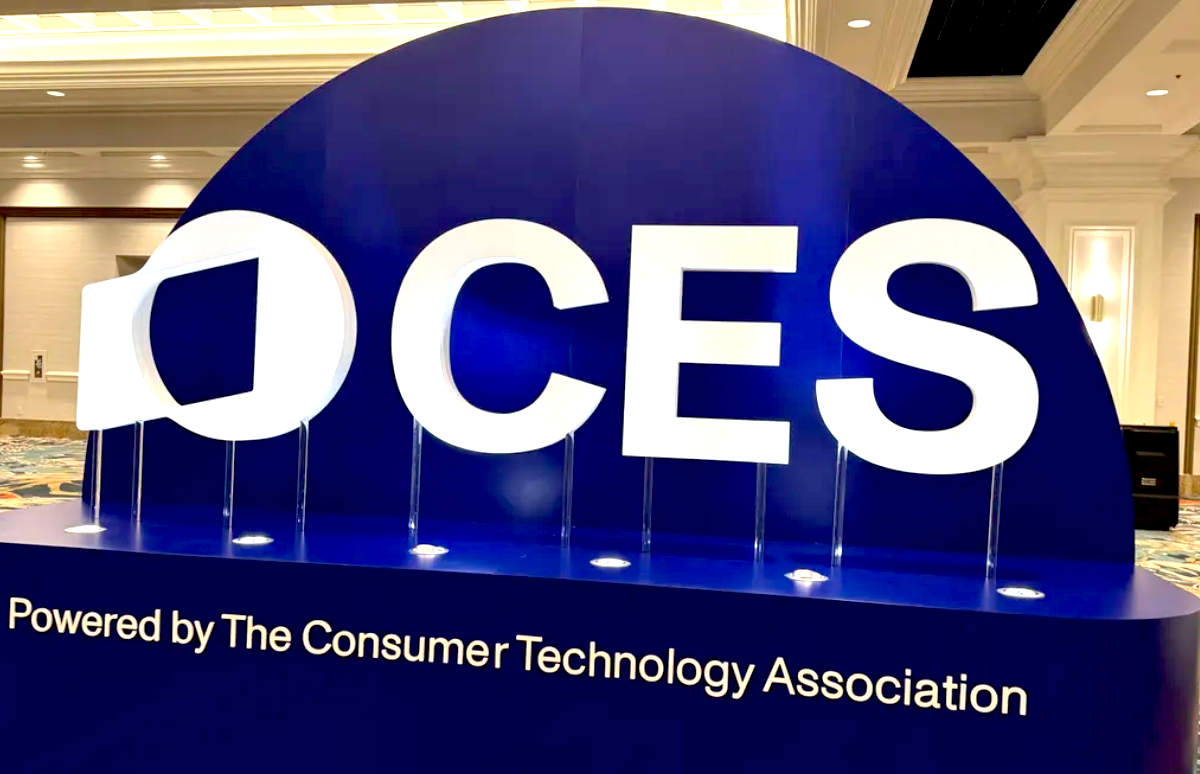Zielie Deep Dive Series Introduction
Introducing the Zielie Deep Dive Series that presents AV/IT network technologies as they apply to the requirements of Professional AV practitioners.

It is my pleasure to present the Zielie Deep Dive Series.
For nearly ten years, Paul Zielie has contributed thought leadership articles and offered his expertise as a gracious advisor to AV Technology. In 2020, he was inducted into the SCN Hall of Fame. The SCN article best summarizes our reverence, “If you’ve had a discussion with him, you’ve experienced his unique perspective and probably marveled at his capacious mind tackling complex problems from multiple angles. Zielie is passionate about AV, IT, control, workflow, and methodologies, and he strives to make connections to help tech stakeholders understand the bigger picture, free of illusory buzz or industry hype.”
Zielie is a prolific writer and speaker and was the recipient of the 2015 InfoComm International, Educator of the Year. As a consulting solutions architect for AVCoIP LLC, he specializes in working with AV manufacturers to create products that meet the IT requirements of enterprise customers.
The manta ray came to mind when choosing an image to represent the Zielie Deep Dive Series. It is said that manta rays rank among the most intelligent animals on the planet.
Some articles in the series will be a rudimentary dive to introduce a concept, while others will dive into the depths. We hope you find Zielie Deep Dive Series valuable.
— Cindy Davis, brand and content director, AV Technology
From Paul Zielie, About the Series
Most people have heard of the Pareto principle (also known as the 80/20 rule) and economics principle that states roughly 80 percent of outcomes come from 20 percent of causes. This is an example of a power law, a non-linear relationship used in business to predict future sales based on market efforts. In the network infrastructure business, the biggest use case is TCP (Transmission Control Protocol), with an internet traffic share of more than 90 percent. This causes the market effort, producing resources like standards, product features, documentation, and training to be focused on TCP traffic and the properties of that TCP traffic, which is unicast, intermittent, and tolerant of delay and loss.
A daily selection of features, industry news, and analysis for tech managers. Sign up below.
Real-time media delivery typically uses UDP (Unigram Data Protocol), often multicast, and is continuous, and intolerant of delay and loss. The art and science of sending high quality, real-time audio and video over IT networks is a tiny edge case in the scope of the overall IT market. This means that the Professional AV industry must use IT infrastructure which not optimized or even designed for their core use case, often implemented by administrators who do not understand the implications of how the standards used are implemented.

"In this series my aim is to present network technologies as they apply to the requirements of Professional AV practitioners."
In the world of Professional AV, I pass the very low bar of being an IT network expert. In the scope of the overall IT industry, I would rate myself as good, but network design has never been my full-time day job. It takes years of experience and considerable training to be a network expert in the real world. But my repeated experience has been, when working with genuine network experts, people who have been building and running large networks for 20-plus years and have CCIE certification, I have to help them out with the techniques and configurations required to make real-time media distribution work reliably on their (large, converged) networks.
Following the 80/20 rule, the lack of an infrastructure being optimized to the AV application usually is not an issue. AV over IT just works… until it doesn’t. The doesn’t work part is typically an issue of scale or interoperability. Just because your bench test with five units and a single switch and a single subnet worked flawlessly, doesn’t mean that it will work with 500 units spread out over a campus connected to lots of switches and multiple subnets. The trick is to predict when (and to some extent why) a particular networking technique will stop working. Quite often it stops working because the network protocol we are using was never designed to do that in the first place and we were able to exploit a loophole (for a while). An understanding of how the device is using the network and how the network reacts to that use, is the key to knowing what you can get away with and what you need to design around. Ideally, before the system doesn’t work.
In this series, my aim is to present network technologies as they apply to the requirements of Professional AV practitioners. It addresses the fact that equipment manufacturers do a pretty good job of telling you how put configure their products, but do not do a good job of telling you how to choose what the configuration should be, especially for the edge cases common in Pro AV. The sequence of articles within a given technology is designed to allow the reader to gain knowledge at the level they require, progressively answering the questions:
What is it, what does it do, why does it matter?
What do I need to know for the 80% use case?
When is I need to know for the 80% use case not enough, what else do I need to know then?
I understand that not everyone needs to know everything to get their job done, but sometimes people need to know more than is easy to find out. If I do my job right, most of the readers can quit before I do.

Paul Zielie, CTS-D,I is a multi-disciplined generalist with 30 years of experience designing and integrating IT, telecommunications, and audiovisual (AV) solutions.
Over the course of his career, he has had most of the roles in the AV/IT spectrum including customer/end user, IT owner, integrator, designer, managed service provider, distributor, pre-sale specifier, executive, and manufacturer. Because of this extensive real-world experience in every facet of the AV/IT lifecycle, he brings an almost unique perspective on the consequences, both intended and unintended of how product and project features are implemented.
“What I really do for a living is solve problems, little or big, with appropriate technical solutions. I believe that technology is in service to organizational goals and workflow, and not an end in itself, and use that as a guiding principle in my design efforts.”
He is a prolific writer and speaker and was the recipient of the 2015 InfoComm International, Educator of the year and was inducted into the SCN Hall of Fame in 2020. As a consulting solutions architect for AVCoIP LLC, Zielie specializes in working with AV manufacturers to create products that meet enterprise customers' IT requirements.
